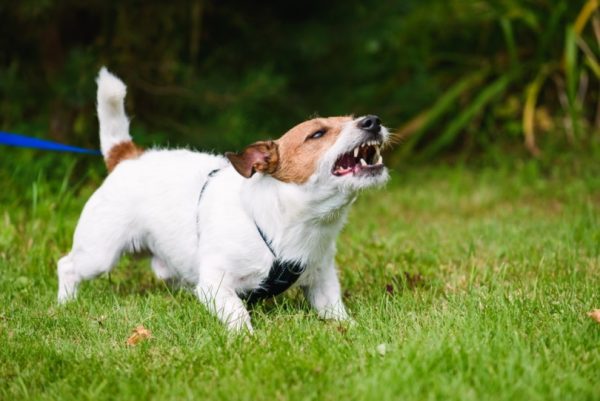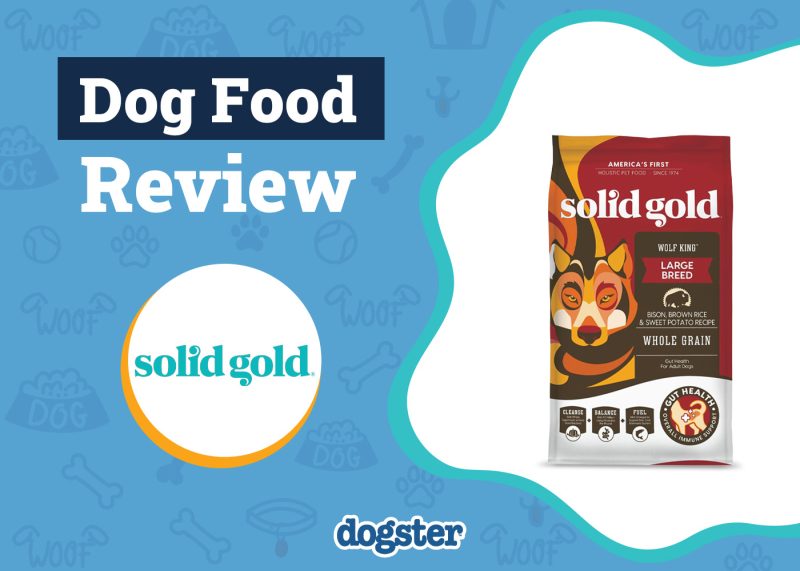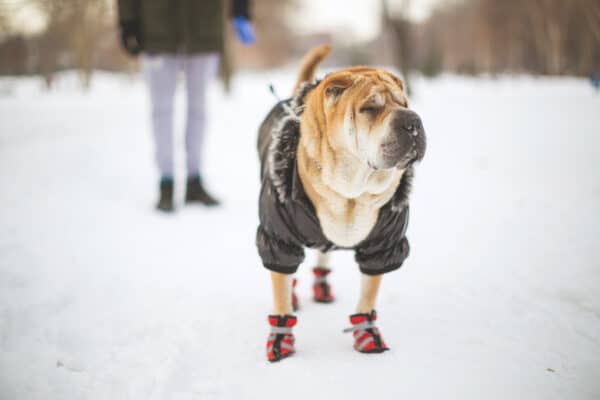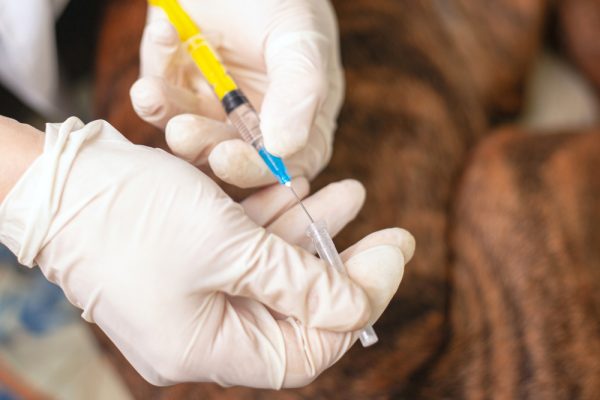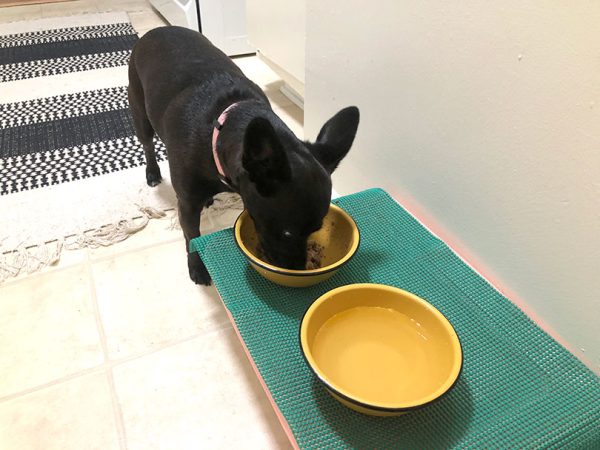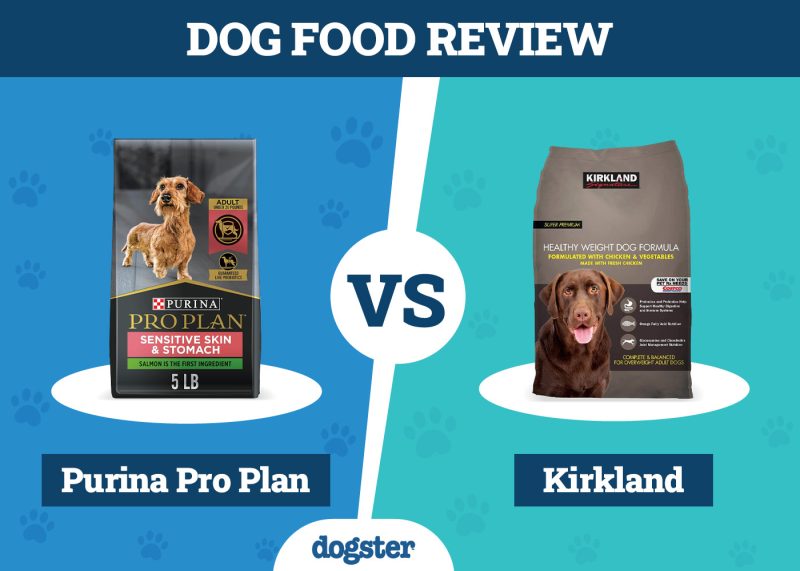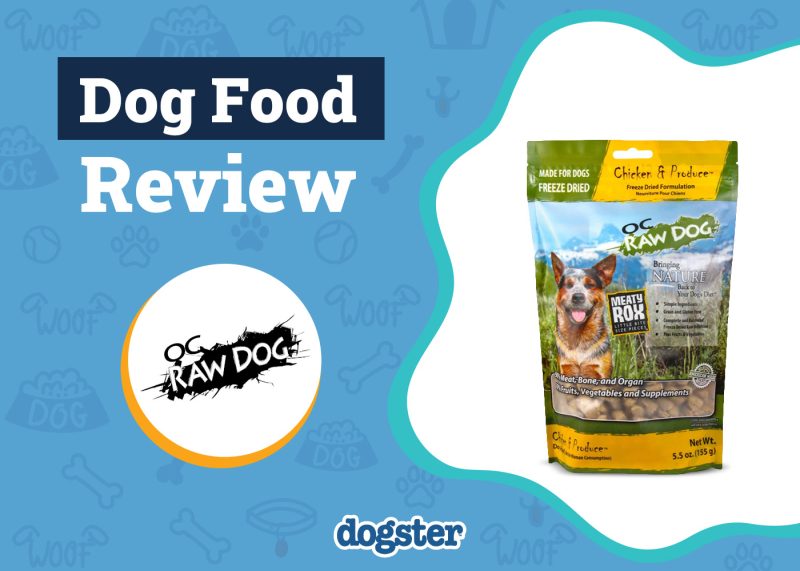It may seem as though dog ownership is difficult to manage while living in the hustle and bustle of New York City. However, despite the city’s lack of modern suburbia, it is considered one of the most dog-friendly cities in the United States. NYC has many pet-friendly parks, dog runs, cafes, and restaurants where pet parents can bring their beloved pooches along; however, the rules for having a dog in NYC are much stricter compared to other US cities and are more involved.
In this guide, we’ll clue you in on nine tips for having a dog in New York City to better prepare you for life with your dog in the Big Apple.

The 9 Tips for Having a Dog in New York City
1. Train Your Dog to Go Potty on Concrete
Potty training a dog in NYC is vastly different from training a dog in a rural setting or suburban neighborhood. The city doesn’t have many grassy areas handy, and training your pooch to potty on sidewalks is not exactly natural for dogs, as they prefer grass to concrete. NYC does have plenty of grassy, dirt, or sand-surfaced dog-friendly parks, but if you live in a high-rise apartment and a dog park is not nearby, concrete it is.
Training your dog to potty on concrete is essential while living in the city. A puppy may be a bit easier to train; it may be more challenging if you have an adult dog transitioning to concrete from grass. It takes time for your dog to adjust, but they will get the hang of it eventually.And remember to praise and bring treats along for rewards when your dog goes potty on concrete.
Ensure you keep cleaning products on hand for accidents, as they will likely happen while your dog adjusts. Enzyme cleaners are great options since they’re free of chemicals that can be harmful for your pet.
Our Favorite Product
Hepper Advanced Bio-Enzyme Pet Stain & Odor Eliminator Spray is excellent for eliminating odors and stains should accidents occur. It’s ready-to-use formula effectively lifts the toughest of messes, even if they’re set-in, and is lightly scented to you know smells are truly eradicated instead of masked.
At Dogster, we’ve admired Hepper for many years and decided to take a controlling ownership interest so that we could benefit from the outstanding designs of this cool pet company!
2. Find a Real Estate Broker Familiar With Dog-Friendly Digs
Despite NYC being one of the most dog-friendly cities in America, it may prove challenging to find pet-friendly housing. Keep in mind that most pet-friendly buildings do not allow dogs over 50 pounds, and some come with an extra pet fee tacked on to your rent. It’s best to find a real estate broker who is not only familiar with the area you want to be in but also knows where pet-friendly housing is located.
3. Familiarize Yourself With Public Transport
It’s fair to say that most people who live in NYC opt for public transportation rather than spending money on their own wheels. However, you must learn where dogs are allowed and where they are not. Dogs are permitted on the subway and buses, but the dog must be in a carrier or container and carried in a way that does not annoy other passengers unless you have a service dog. Even then, you may be asked to prove service dog status.
There are many transit companies in the city, and they all have their own rules, but the majority of them are similar. Dog taxis, like Pet Cab NYC or Pet Van Lines, are available that will pick up your dog for vet appointments, grooming appointments, pet care facilities, etc., and will return your dog home safely. Another option is to use veterinary telehealth services and make a veterinary consultation from the comfort of your home.
If you need to speak with a vet but can't get to one, head over to PangoVet. It's our online service where you can talk to a vet online and get the advice you need for your pet — all at an affordable price!

4. Enroll Your Dog in an Obedience Class
Your dog will be exposed to many people on a daily basis, and you’ll want your pooch to be well-behaved and used to interacting comfortably with people from all walks of life. Your dog should also be well-behaved for when your potential future landlord wants to meet your pooch after receiving your application—your application will likely be rejected if your dog shows any ill-mannered or aggressive behavior.
You’ll want your dog to wag their tail and be polite, and if your dog needs help in these departments, it’s wise to enroll them in an obedience class to secure your chances of finding a place to live in the city.
5. Choose an Appropriately Sized and “Non-Aggressive” Dog Breed
Choosing an appropriately sized and acceptable dog breed is of extreme importance when looking for a pet-friendly building to live in. Each landlord will have their own set of rules, but most are similar. For example, most landlords will not accept dogs weighing over 50 pounds.
Another common rule is that no aggressive dog breeds are allowed in the building. Breeds commonly considered “aggressive” are Pit Bulls, Doberman Pinschers, German Shepherds, Rottweilers, or any crosses of these breeds. Remember that just because a building is labeled pet-friendly does not mean the landlord accepts all pets, and it’s standard that they make the determination on a case-by-case basis (another reason for your dog to be well-behaved to impress!)

6. Learn the City’s Dog Laws
NYC has particular rules you must abide by to have a more stress-free life living with your dog in the city, and it’s important to learn the laws to avoid hefty fines. For example, you must collect your dog’s feces and dispose of it properly in a sealed bag; failure to do so will result in a hefty fine. You must also leash your dog in public with a lead no longer than 6 feet long.
Having poop bags is crucial in this city, and you must ensure you always have plenty on hand. You should also be aware that a hefty fine ensues should your dog pee on private property, ranging from $200 to $400.
7. Obtain NYC Dog License and Paperwork
Before you begin your search for housing accommodations, ensure you gather all necessary paperwork and obtain an NYC dog license. Landlords typically require the following:
- Photo ID of your dog
- NYC dog license
- Up-to-date vaccination records
Failure to obtain this information will result in your application being rejected. You can easily apply for a dog license online. Once you pay the fees, you’ll receive a small tag for your dog, and you’ll be registered as the owner. This is valuable to have in case your dog gets loose, and it also saves the landlord liability should your dog get lost.
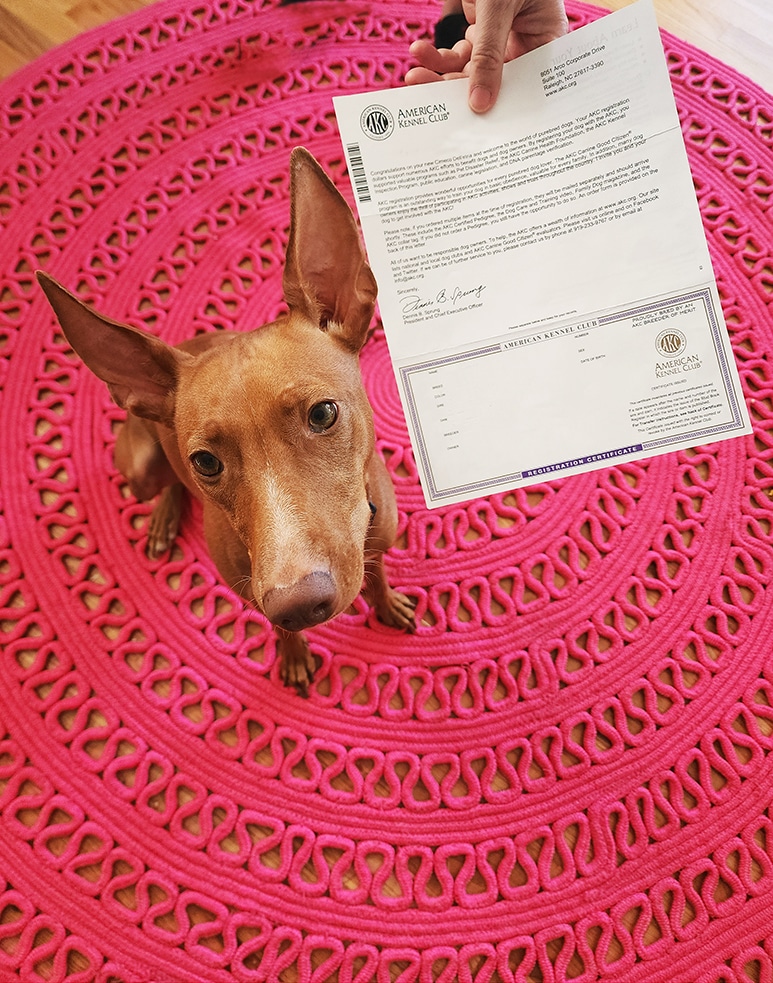
8. Find a Play Group
Given that your dog will not have a grassy backyard for exercise, it’s an excellent idea to find a doggie play group to join. A doggie play group allows your dog to interact with other dogs and play until their heart’s content, giving your dog the needed exercise to benefit their health.
The city has dozens of clubs, and it’s something fun for you and your dog. Joining a group is also an excellent way to meet other dog parents and form lifelong friendships.
9. Consider Hiring a Dog Walker
Lastly, it’s wise to consider hiring a professional dog walker, especially if you work long hours or do not have time to run home on lunch breaks to let your dog outside. Look for reputable businesses that hire experienced dog walkers who are licensed and insured.
Some companies offer an app that allows you to track your dog with the dog walker, see photos from the walk, schedule services, and more. For the best results, hire the same dog walker each time so that your dog will get used to the person and form a friendship.
You can expect to pay a wide range for dog walking services, and you can typically choose a 30-minute walk or a 60-minute walk.
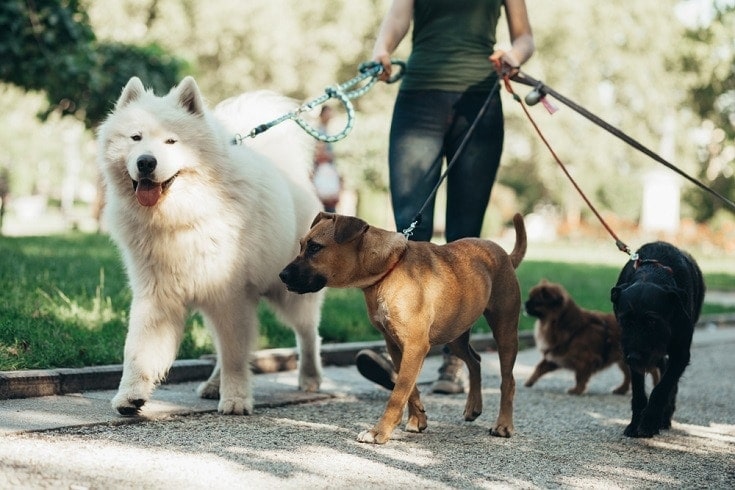

Final Thoughts
Despite NYC being considered a dog-friendly city, dog ownership does come with a few challenges, but these challenges are manageable so long as you know what to expect and how to prepare for life in the city with your pooch.
Before committing to dog ownership, one must consider the weather and the aspects of the city, meaning you’ll need to take your dog out for potty breaks in the morning and evening, whether rain, snow, sleet, or shine. You must also obey NYC dog laws to avoid hefty fines.
Featured Image Credit: Wallula, Pixabay





